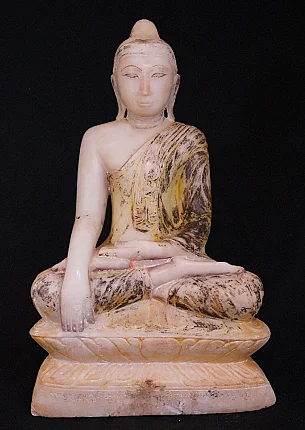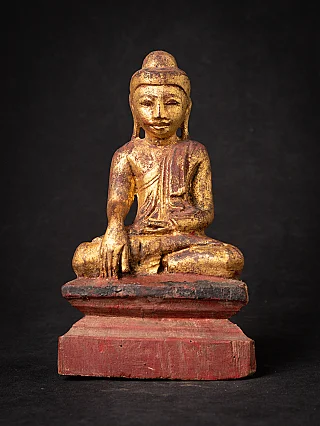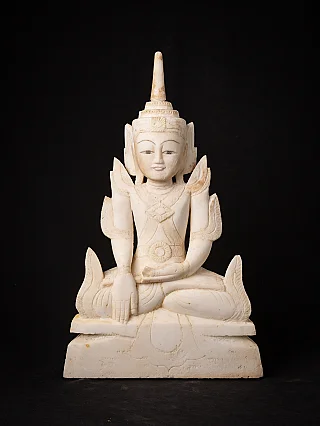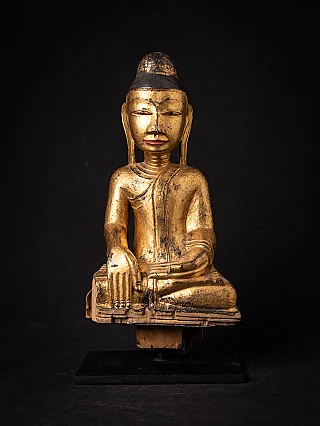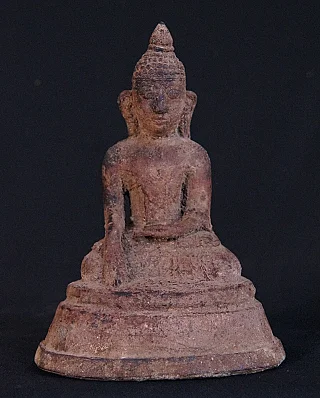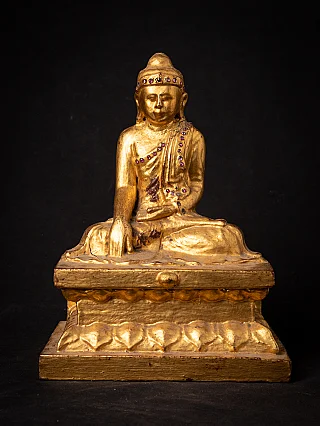Buddhist Rituals and religious practices
Author : Peter Vredeveld

Rituals are a form of language expressing several dimensions of the human condition, ranging from their relationships with others to their spiritual lives. As an essential part of human lives, such rituals have had a significant presence in the practice of Buddhism, known as Buddhist rituals. Buddhist Rituals have been performed throughout the ages to show one's devotion and reverence towards the Buddha, the enlightened one, in the form of different ceremonies, meditation, festivals, and retreats. They are also known to have been performed alongside several Buddhist arts, like Buddha Images and Buddha Statues, for the practitioner to get properly motivated and inspired while performing different Buddhist rituals.
The Buddhist rituals have always helped the Buddhist community to share their common values and play a pivotal role in mutual support. These rituals can help an individual bring a heightened awareness of several things that need proper attention while also involving symbolism and speaking to the practitioner's subconscious. The Buddhist rituals also play a significant role in strengthening and highlighting the values, intentions, and experiences one chooses to live by. This can be particularly useful when distractions and other concerns keep one's mind away from what is essential. Some of these rituals can be taken as journeys having a definitive beginning, middle, and end. These journeys help the practitioner undergo several potential changes, primarily positive changes.
Elements of Buddhist Rituals

The practice of Buddhist rituals generally includes three major elements, namely, recitation, chanting, and making of offerings. Recitation involves reciting the verses usually associated with Buddhism's principal doctrines and ideals. These verses assist in expressing spiritual aspiration, making an individual a Buddhist. Similarly, the Buddhist ritual of Chanting is usually performed in Pali or Sanskrit languages. It is a form of establishing an emotional connection with Buddhist ideals. The Buddhists chant mantras repetitively, as this can also be a form of meditation. These chantings can also be termed symbolic representations of Enlightenment in sound. In the same way, the Buddhist ritual of offerings generally includes the offering of flowers, which symbolizes both beauty and impermanence, the offering of candles or oil lamps, symbolizing the incandescence of Enlightenment, and also offerings of incense, which infuses the air similar to the way a life lived ethically touches the world.
The Buddhist rituals are most effective when an individual practices them wholeheartedly or with complete devotion. To participate with any form of reluctance diminishes the effect a ritual has on the practitioner's mind and soul. To be better engaged in a ritual, one should be fully aware of its most common structure and elements. This way, they can create new and impromptu rituals more efficiently by bringing them into the structure alongside some possible elements. The structure of the Buddhist ritual is its grammar, and what fills the structure is the vocabulary. The bigger one's ritual vocabulary, the more one can accomplish through these rituals.
Performing these Buddhist rituals brings out many positive changes among the practitioners as it is believed that these rituals bring them a step closer to the Buddha himself. Similarly, it is also believed that performing Buddhist rituals while having Buddhist images, artifacts, and Buddha statues helps one feel closer to the enlightened one. Please visit our online Buddhist art gallery if you want Buddha statues or Buddha images for your Buddhist rituals.
Share this page


















